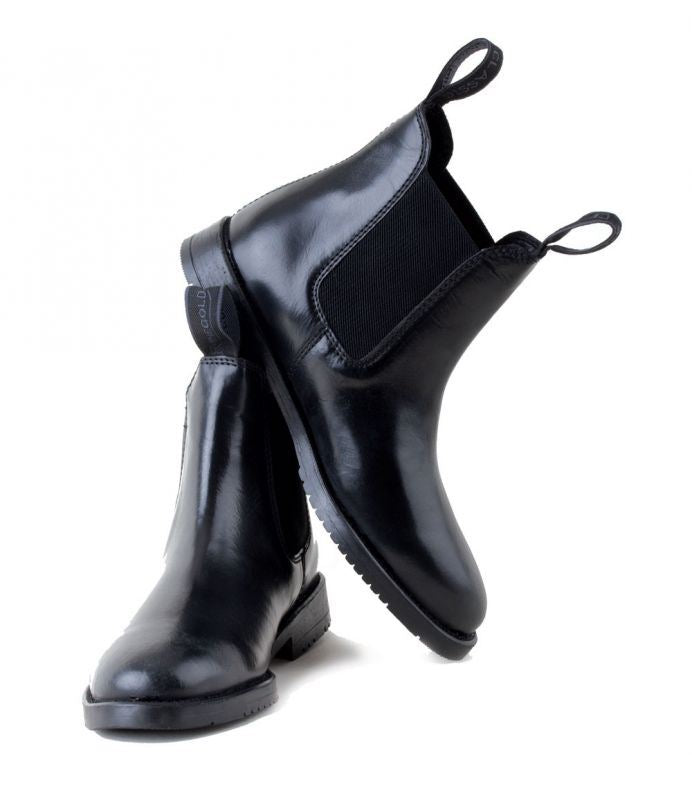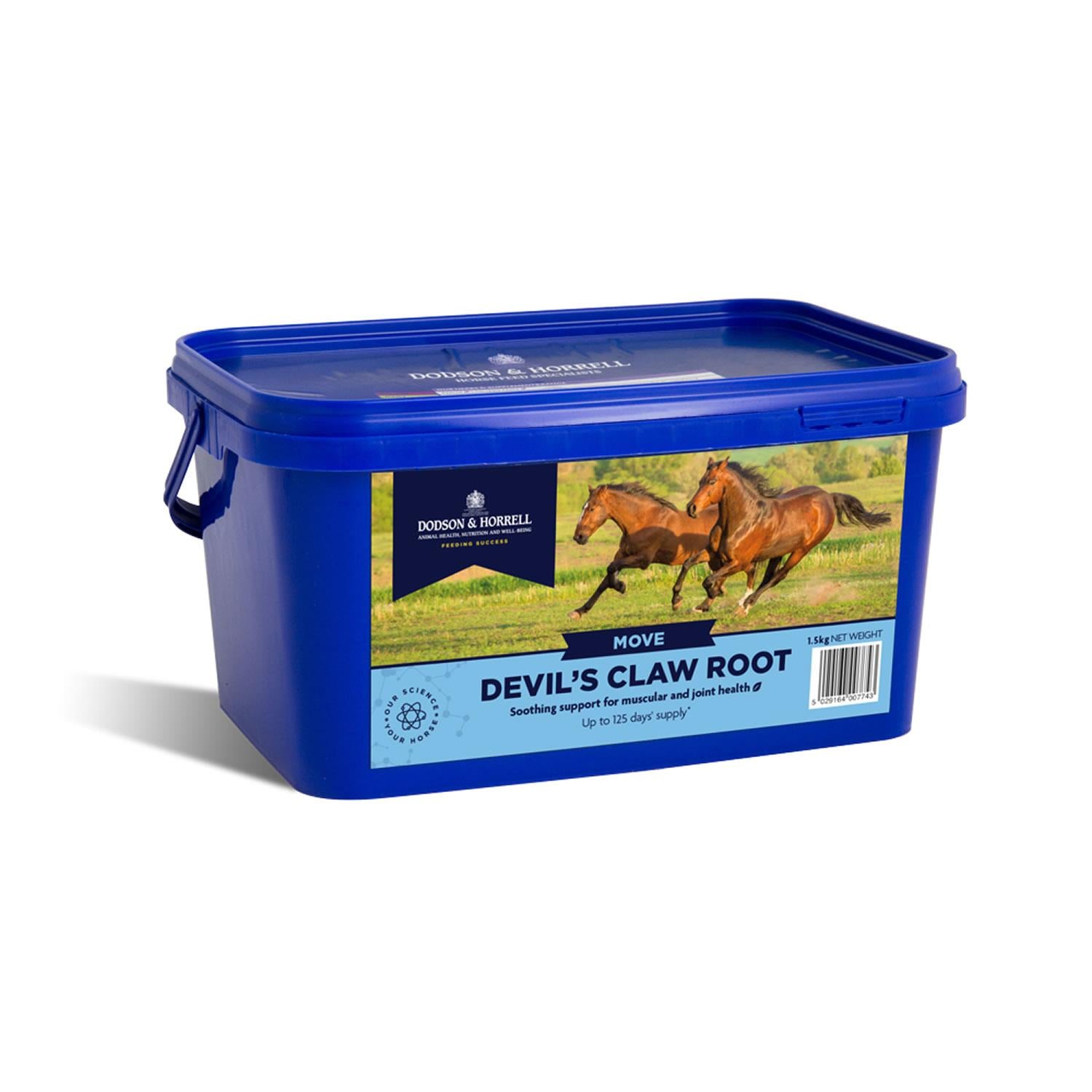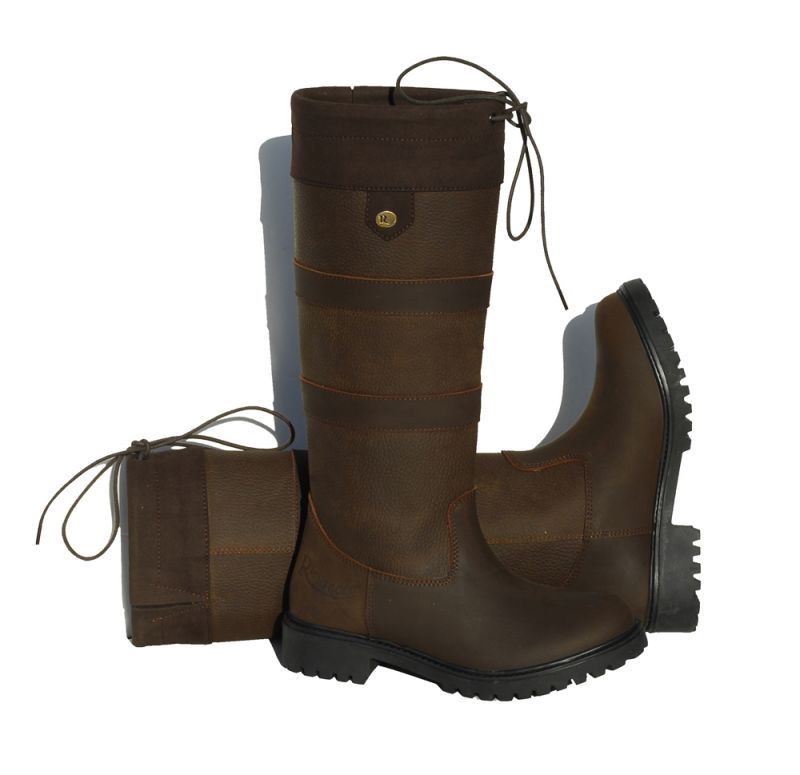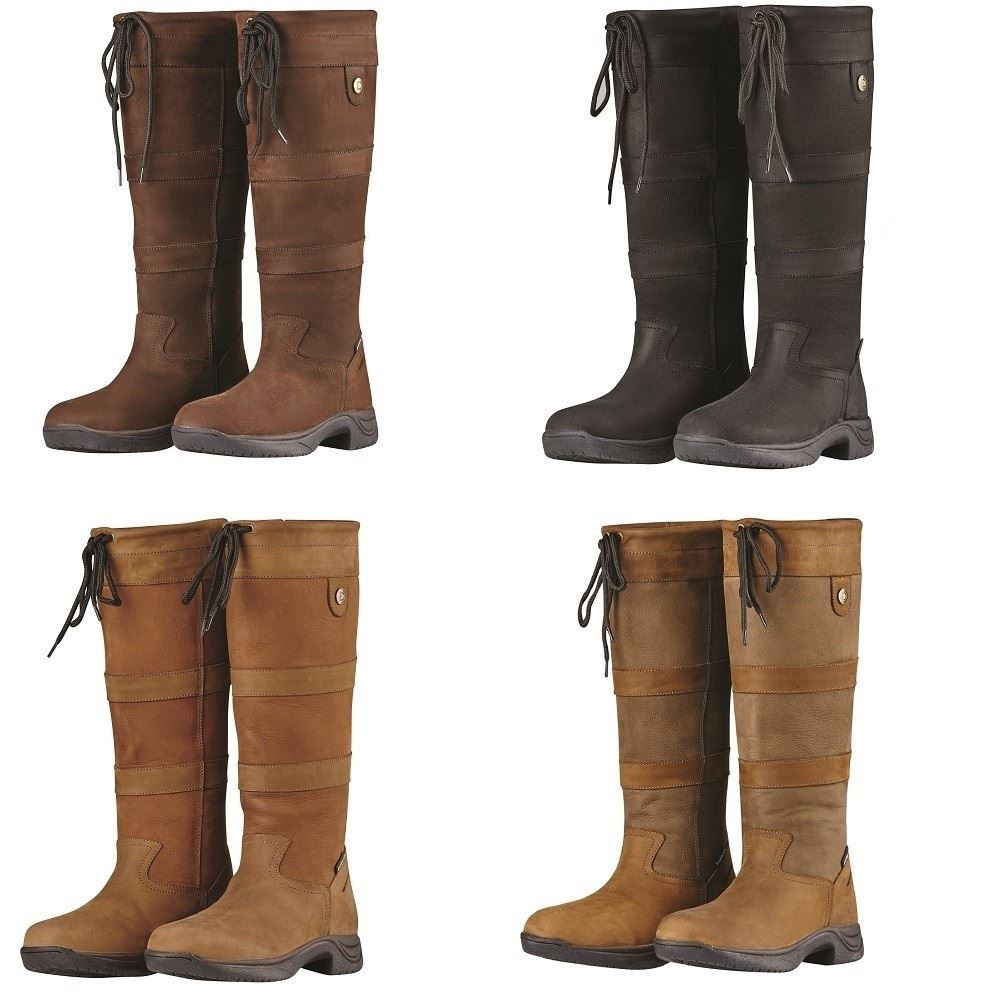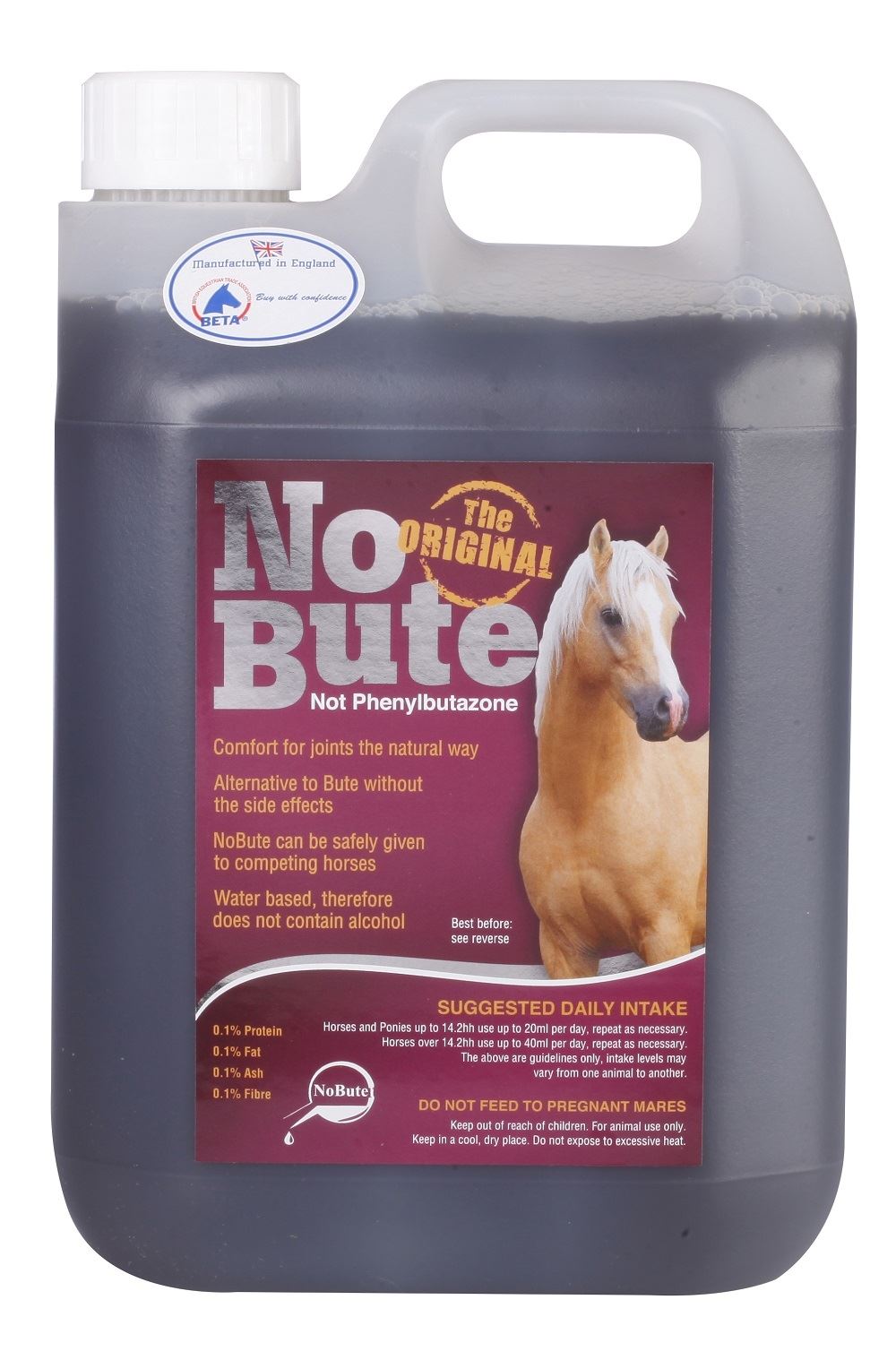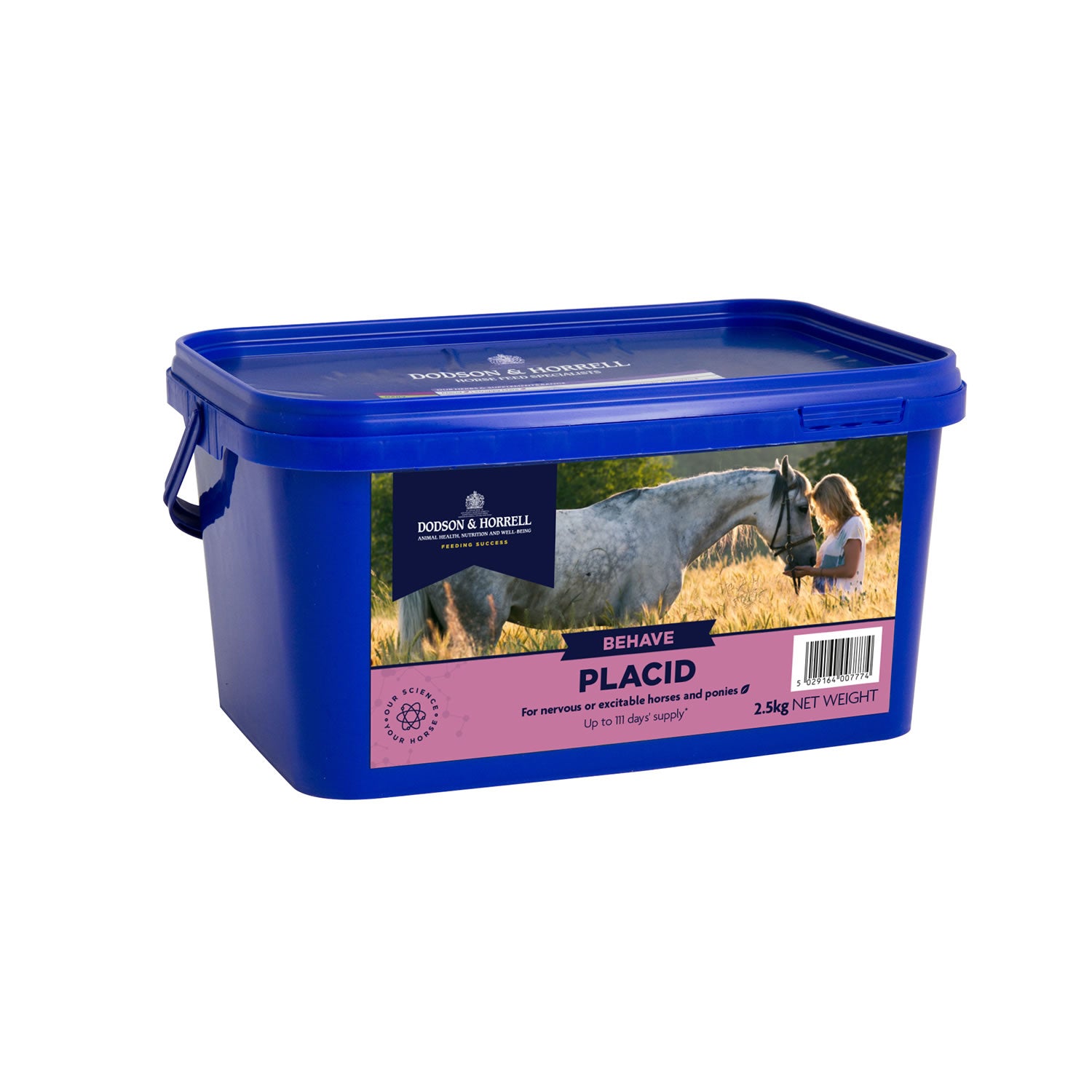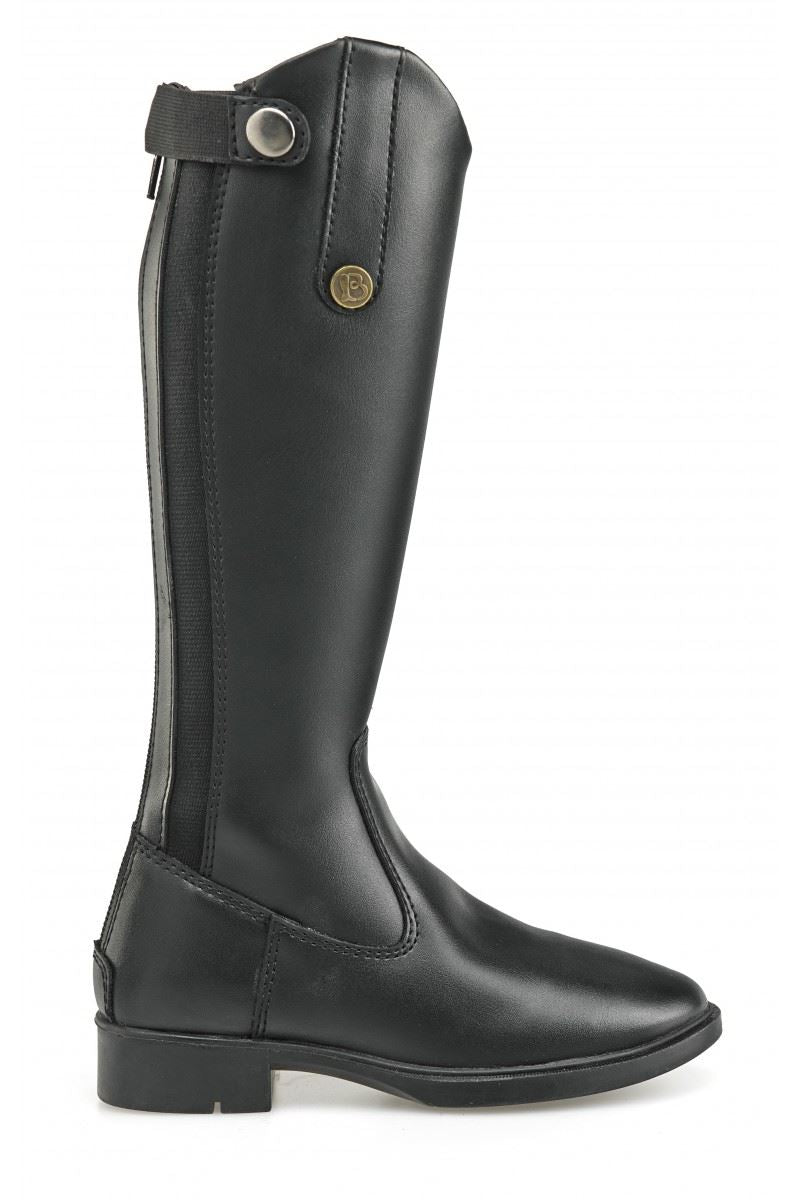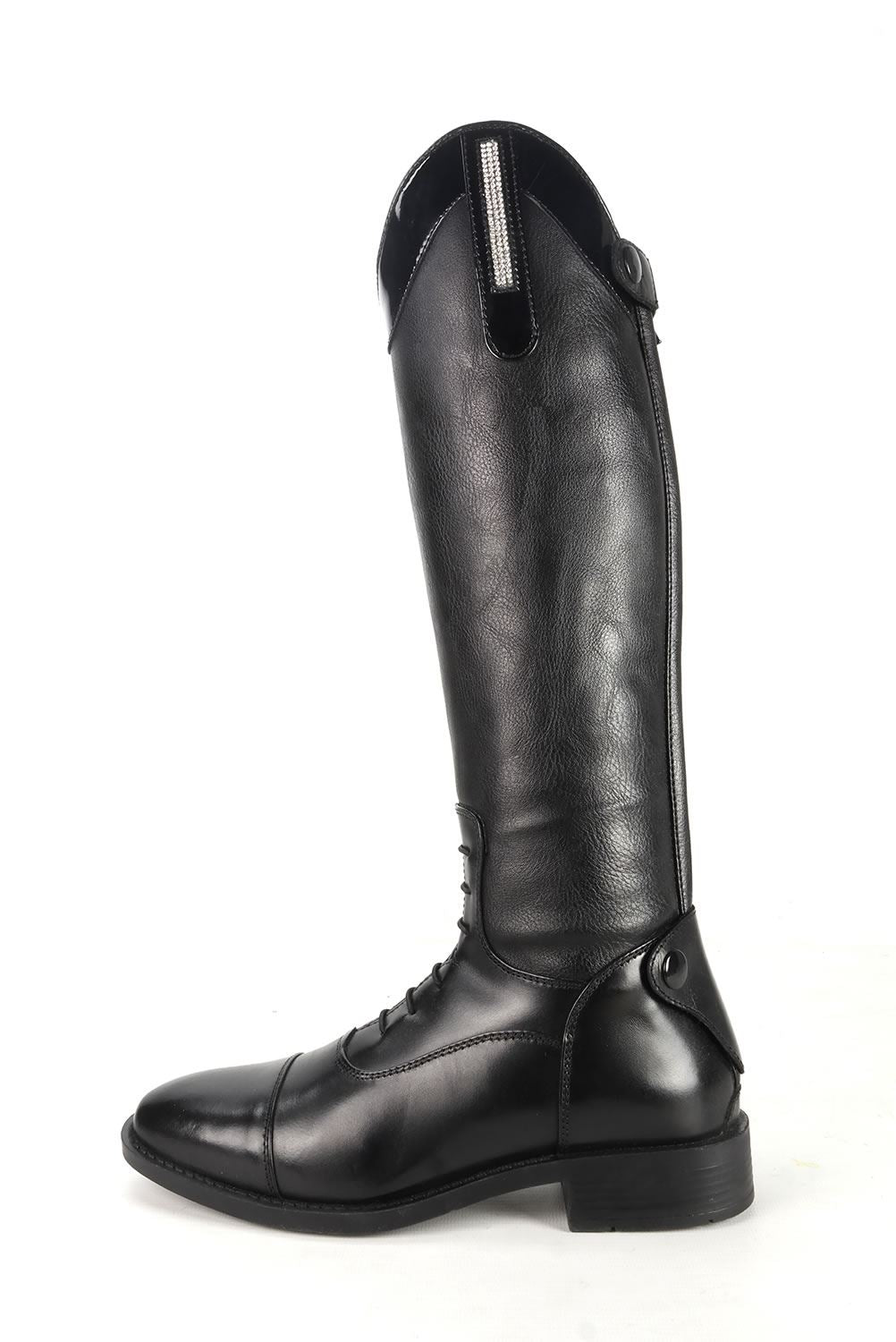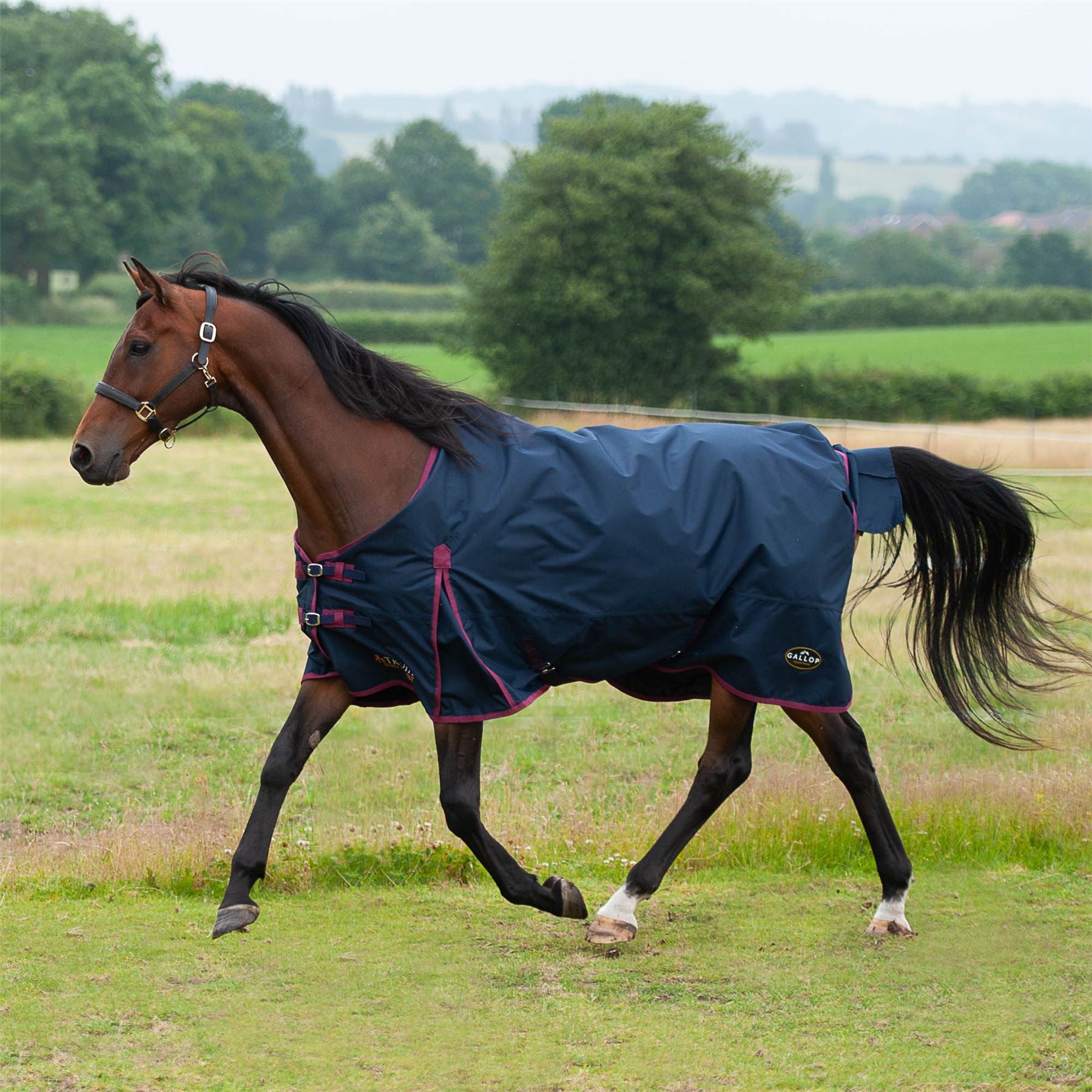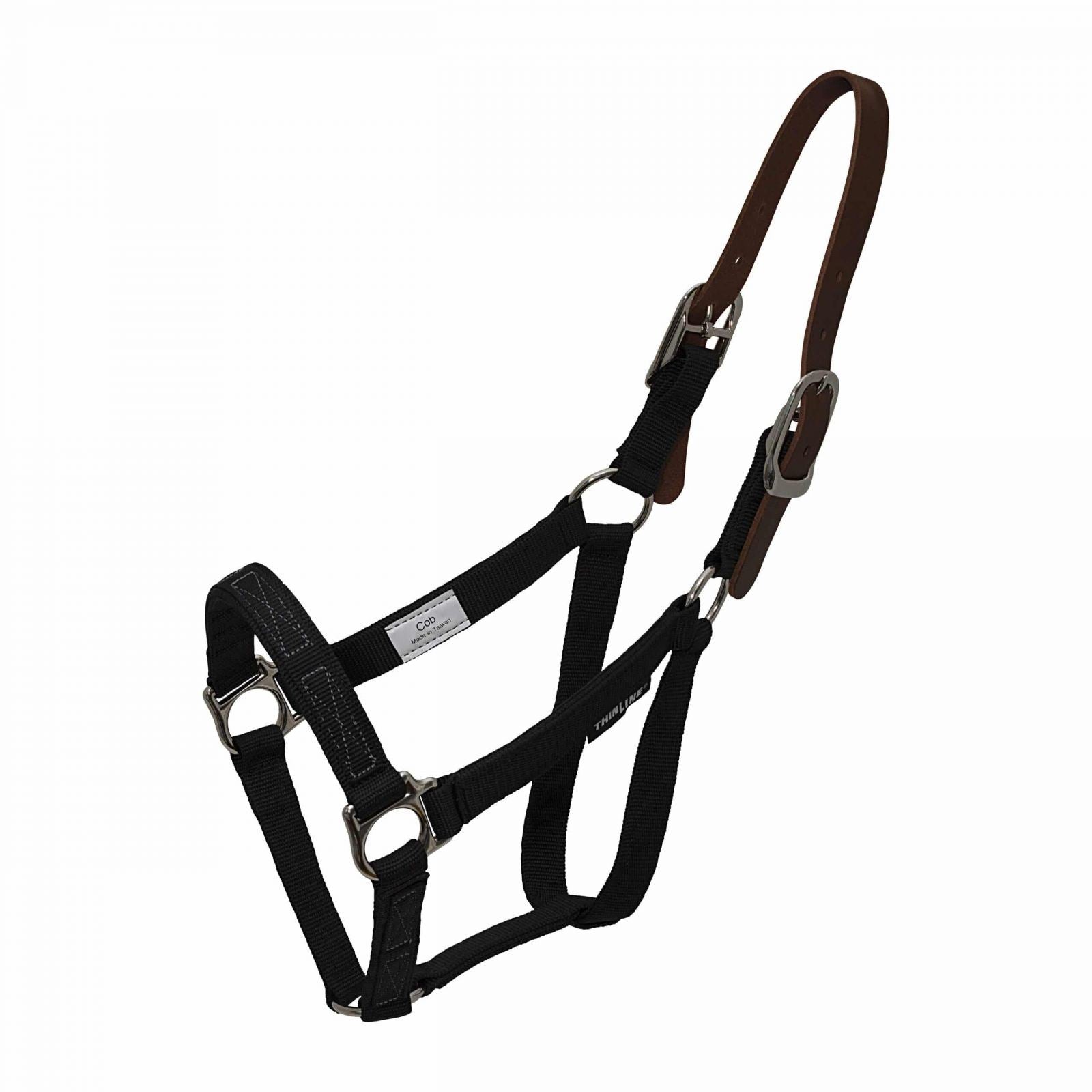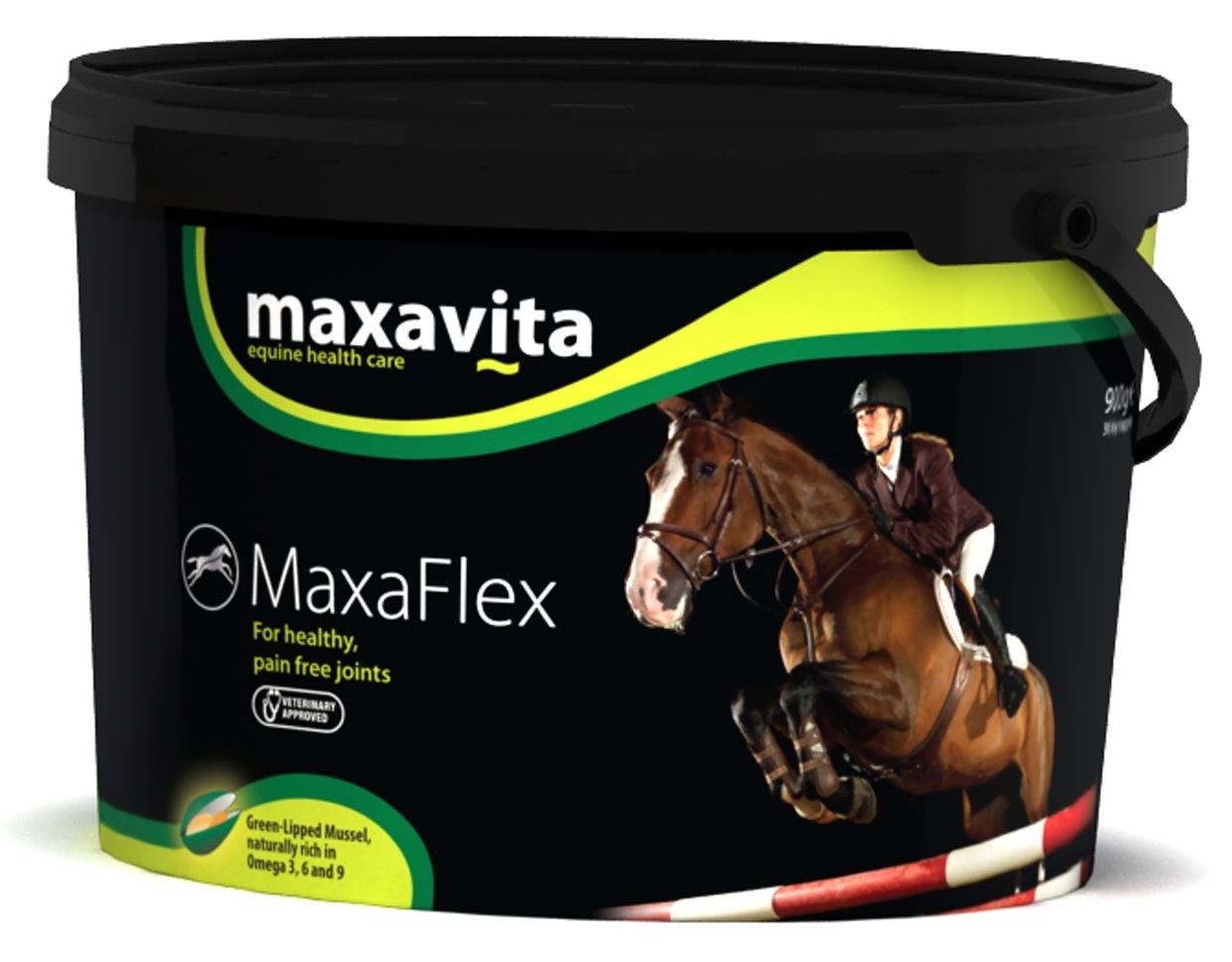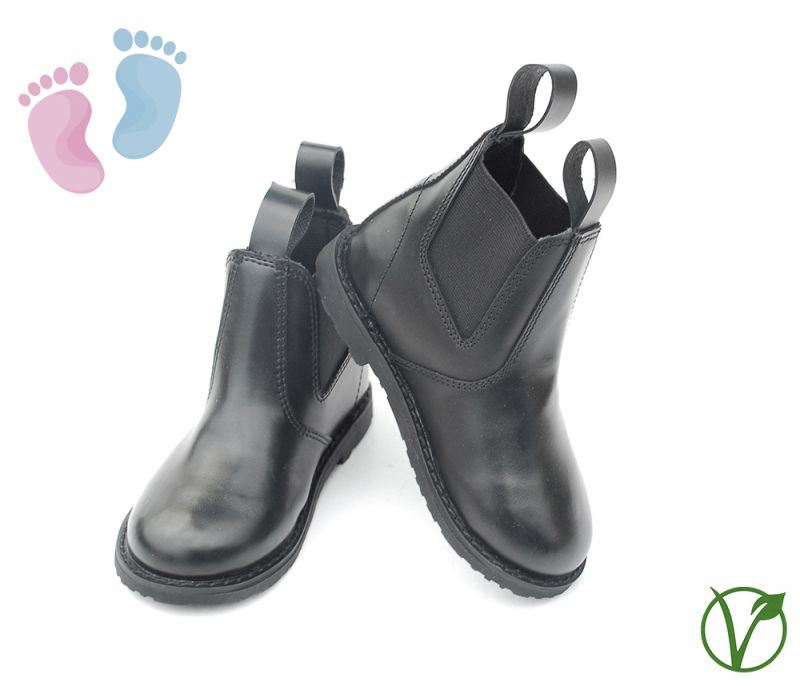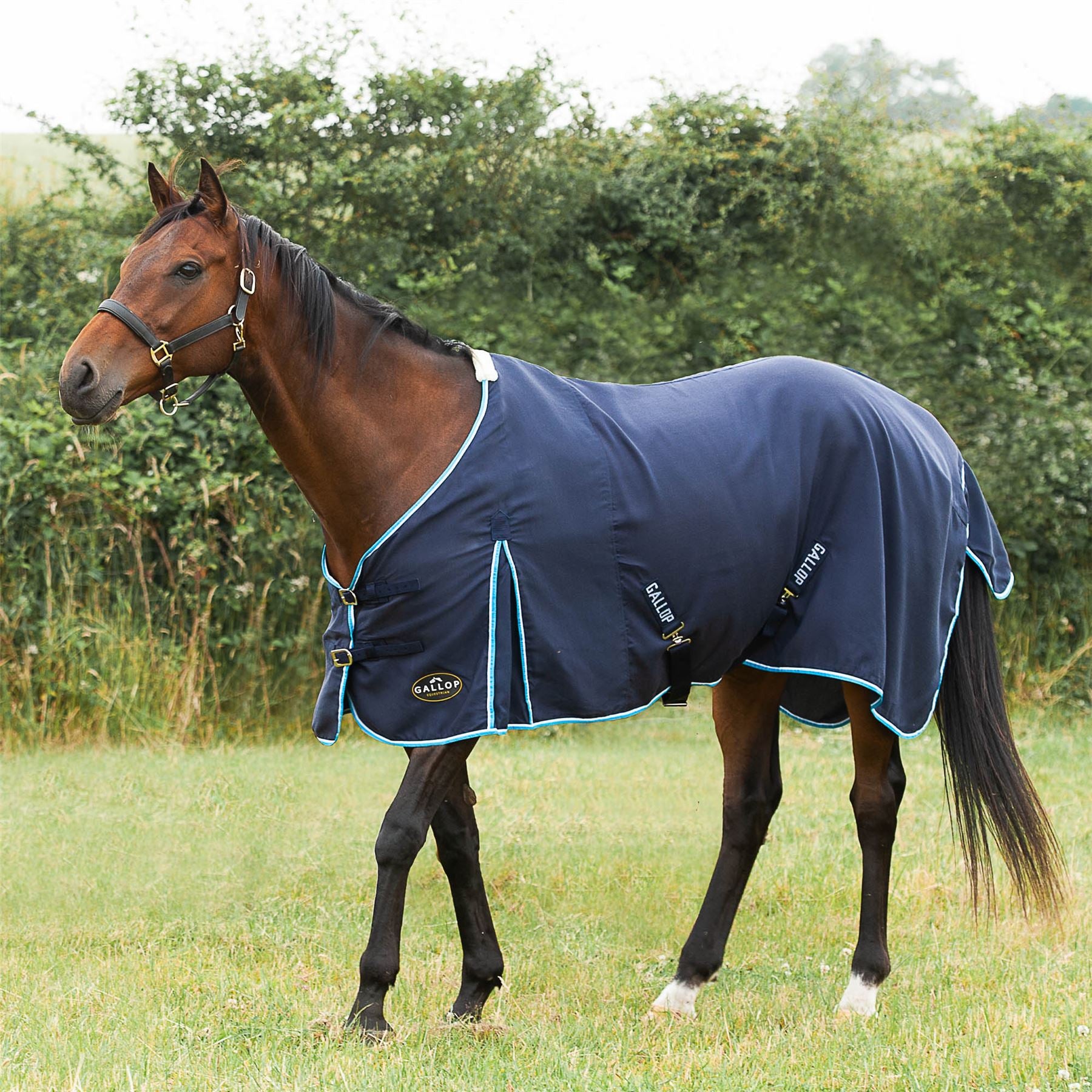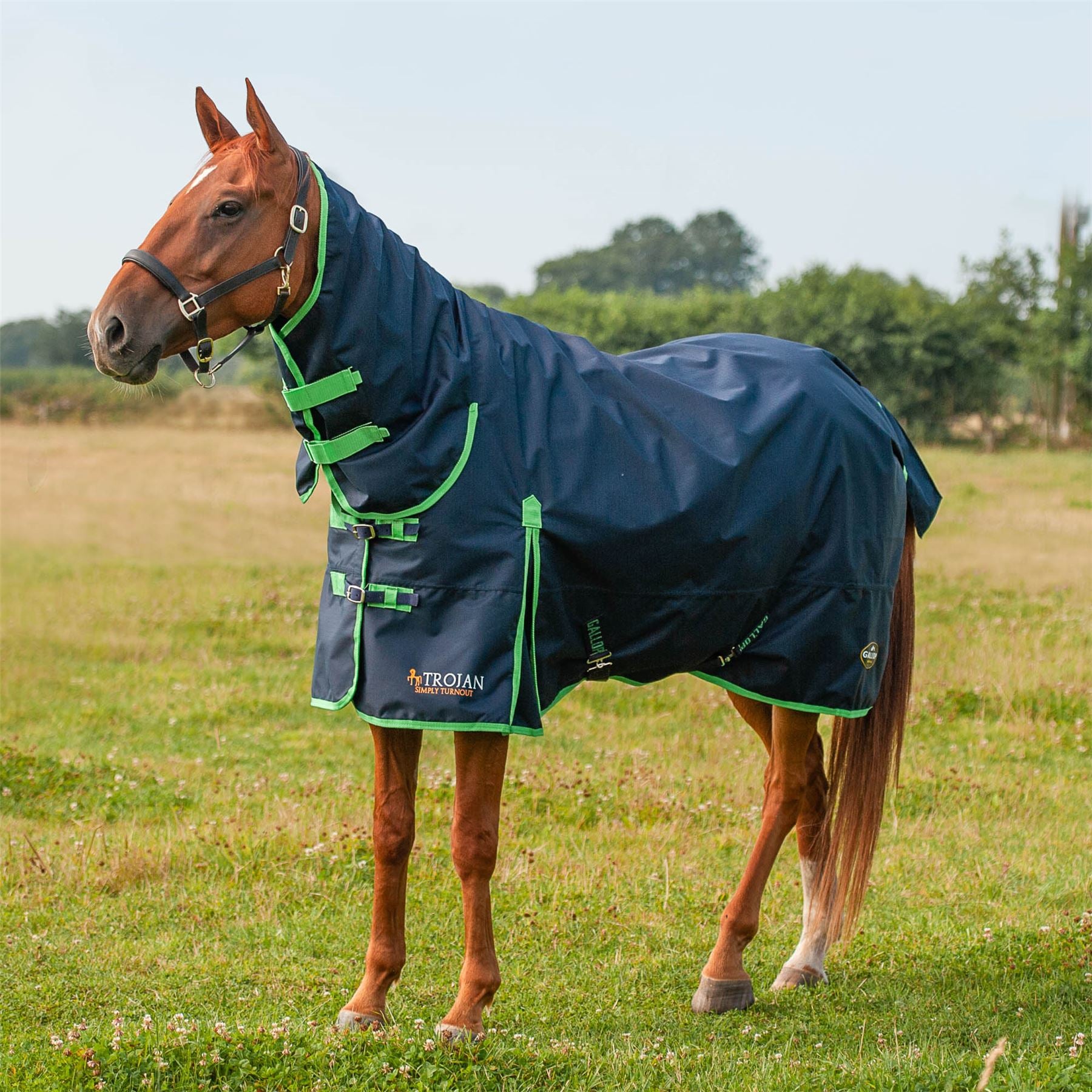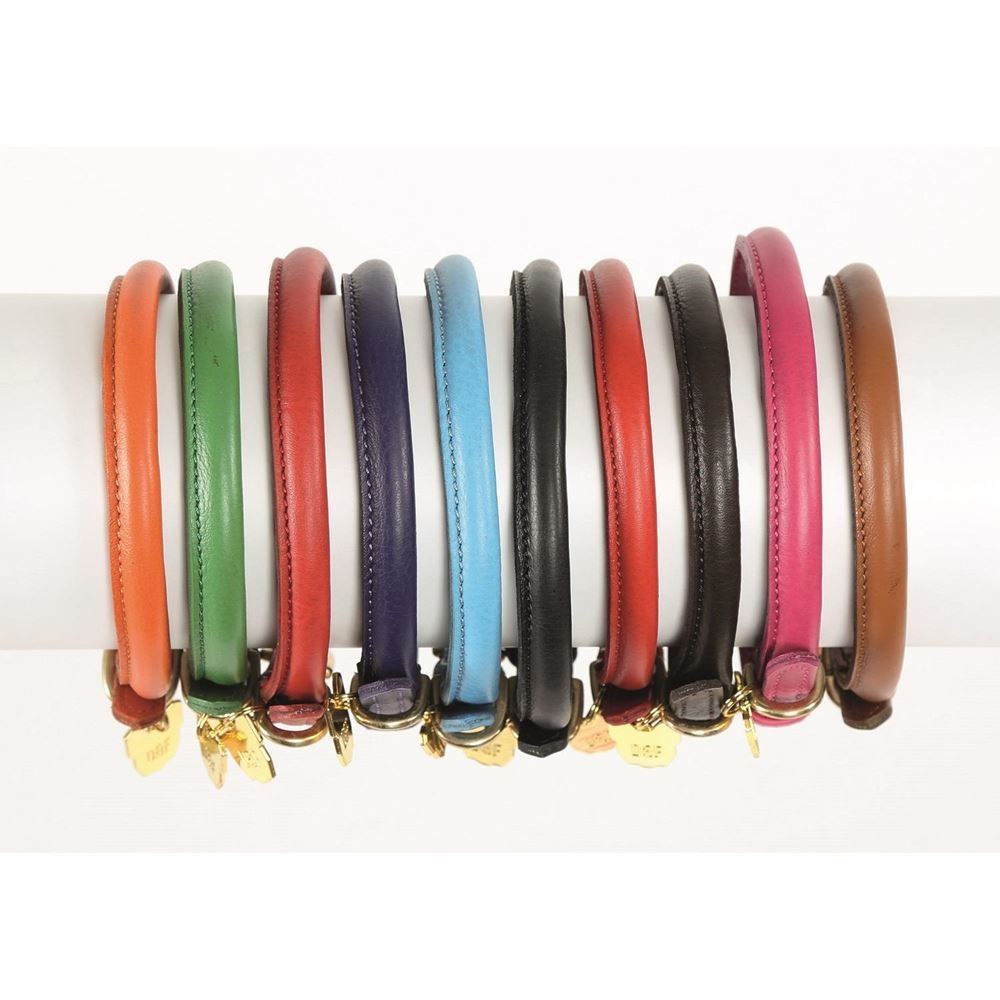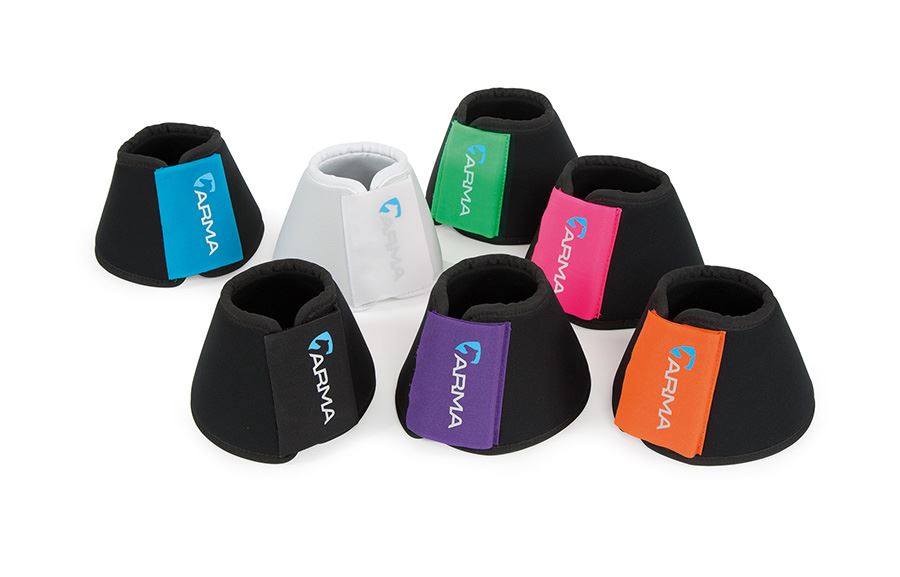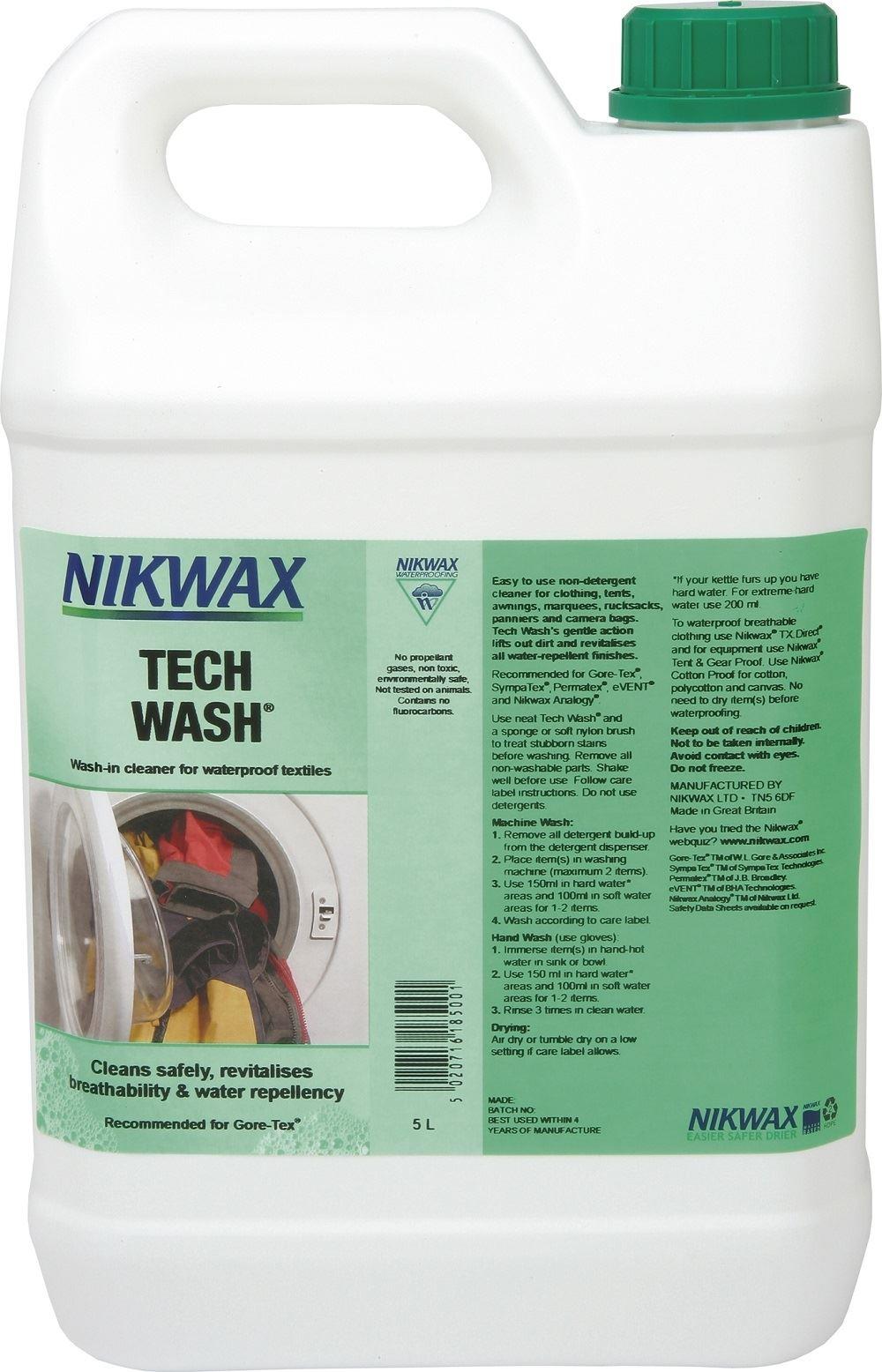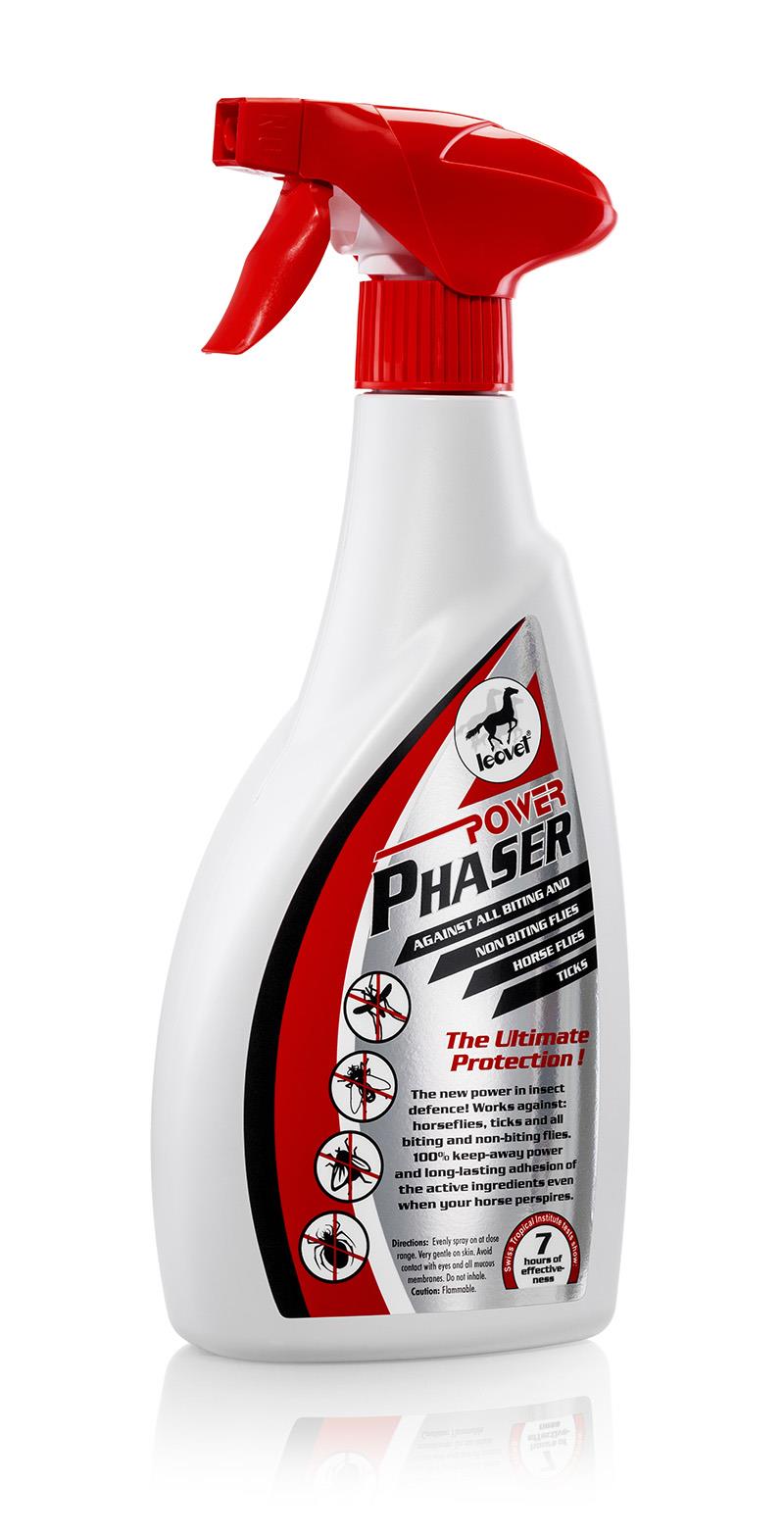A Case Study in EEE: The Unvaccinated Belgian Filly
A recent incident from St. Lawrence County, New York, stirs discussions around Eastern equine encephalitis (EEE), a deadly mosquito-borne disease. The case, involving an unvaccinated Belgian filly, highlights the serious health implications for both equine and human populations. The scariest part? This case isn't a one-off. Another unfortunate victim, a yearling from the same farm, succumbed to the disease. Let's dive deeper into the implications and prevention of EEE.
Understanding Eastern Equine Encephalitis
The villain in this story is the Eastern equine encephalitis virus, using wild birds as its natural reservoirs. These winged carriers share the virus with mosquitoes, who then transmit it to horses, humans, and occasionally other birds. While horses can't transmit the virus back to others due to low viral loads, the illness has a high mortality rate, making it a significant threat to both horse and human populations.
The Blame Game: Birds and Mosquitoes
While it might be tempting to point fingers—or wings and antennae—in this viral transmission triangle, understanding the process is crucial. Mosquitoes that bite infected birds become carriers, passing the virus to unsuspecting horses and humans, spelling trouble on a cellular level.
Prevention and Control Measures: Protecting Our Equine Friends
Prevention is critical. Here's a rundown of how to dodge this invisible foe:
Vaccination: More Than Just a Shot
The cornerstone of prevention is ensuring horses are vaccinated. Veterinarians across the U.S. recommend annual EEE vaccinations for all horses, especially in high-risk areas. By doing so, horse owners can dramatically reduce the risk of life-threatening outbreaks.
Mosquito Control: Lay the Smackdown on Bugs
- Eliminate standing water around properties. Tip that water trough, empty those buckets, and change bird baths often.
- Introduce natural predators in water tanks, like fish that dine on mosquito larvae.
- Consider using mosquito “dunks” with Bacillus thuringiensis israelensis for added control.
Insect Repellents: Your Scented Shield
Utilize repellents containing DEET, picaridin, or oil of lemon eucalyptus. Be sure to spray them according to the instructions, especially during mosquito hotspots—dawn and dusk.
Fortify Your Fort: Mosquito-Proofing Tactics
Ensure structures like barns, stables, and homes have sturdy screens on windows and doors. A robust barrier is your first line of defense against mosquito invasions.
The Equine Disease Communication Center (EDCC): The Unsung Hero
The EDCC Health Watch program, under the Equine Network's wing, plays a pivotal role in spreading awareness and providing reliable disease alerts. Supported by community donations, this independent organization ensures the equine community receives verified and up-to-date information, enabling proactive disease management and public health safety.
Public Health: The Broader Implications
While no human cases have been reported in New York as of yet, the threat of EEE looms. Entire populations, particularly those over 50 and under 15, are at risk. Human symptoms range from fever and headache to disorientation and coma. Sadly, we lack a commercially available vaccine for humans, making mosquito bite prevention our best shield.
Conclusion: A Collective Effort Towards Safety
The EEE case in New York serves as an alarming reminder of the potential devastation mosquitos can bring. By stressing the importance of vaccination and implementing robust mosquito control measures, we can protect both equine and human populations. The EDCC continues to be an invaluable resource, guiding communities in safeguarding health through education and action. Let's keep our barns, homes, and health fortified against EEE.
Stay tuned to reliable sources like The Horse to remain informed and prepared for any future outbreaks.


